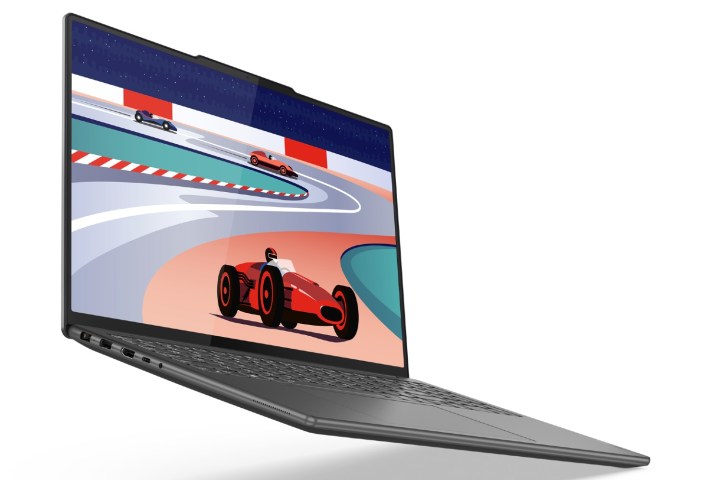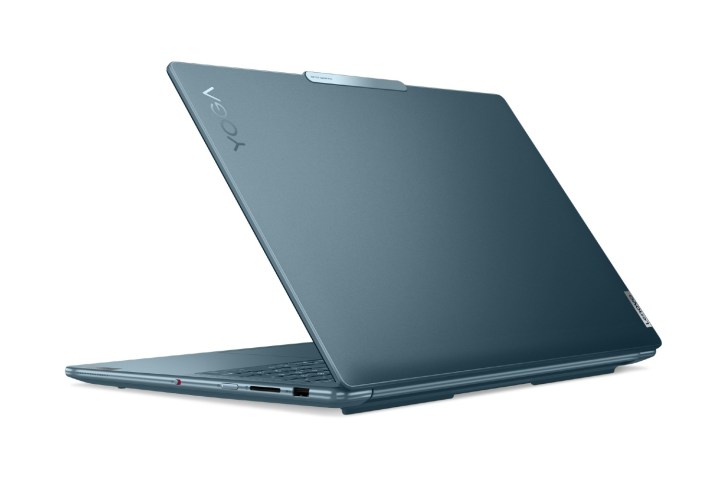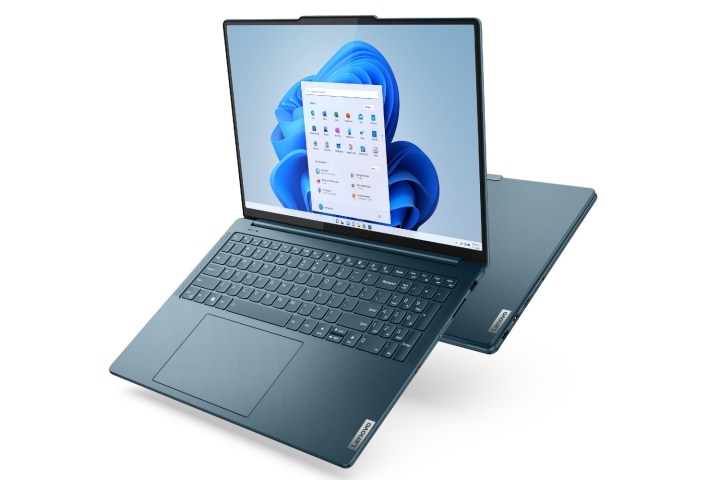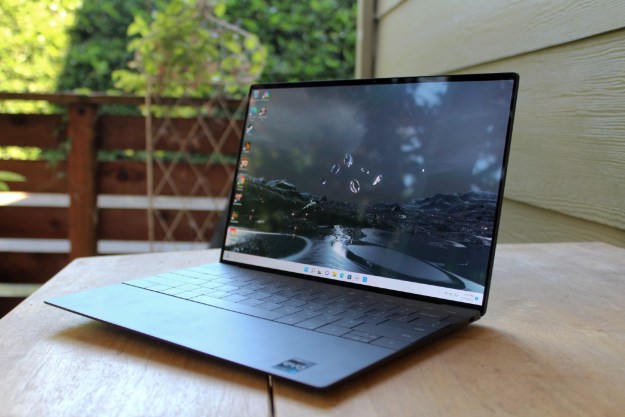Since the launch of the redesigned MacBook Pro in 2021, Windows laptops have struggled to produce a true rival. The new Lenovo Slim Pro, though, looks to be the full package, especially in terms of its performance and screen.
The top-of-the-line new model, the Slim Pro 9i, matches the MacBook Pro in a few important ways, starting with the display. This is one of the first Windows laptops oriented toward creatives that adopts a mini-LED screen, switching from the OLED options that were previously available.

That means significantly brighter panels (up to 1,200 nits for HDR content) and excellent colors. These have started to become popular options in high-end
The entry-level models of the Slim Pro 9i will offer a 400-nit LCD option as well.
Lenovo says the Slim Pro 9i is a laptop designed for “resource-intensive creativity,” which requires some solid performance to live up to that promise. It comes with an option of an RTX 4050, 4060, or 4070. Lenovo is also highlighting the Lenovo X Power feature, which claims to speed up performance in creative applications through a combination of hardware and software techniques. Lenovo says the feature increases the thermal capacity of these machines, allowing for a 62.5% increase in speed over the last generation.

The machines also come with options for up to an Intel Core i9-13905H, 64GB of RAM, and a terabyte of storage. That doesn’t quite match the top configurations of the MacBook Pro, though, especially on the storage front.
Of course, none of this would be impressive if they were in a chunky chassis. But the Slim Pro 9i, as you’d assume from the name, manages to be just 0.69 inches thick (or 0.67 for the LCD model).
The Slim Pro 9i also has lots of ports, almost matching the MacBook Pro exactly. Included are HDMI 2.1, Thunderbolt 4, USB-C 3.2 Gen 1, two USB-A 3.2 Gen 1, a full-size SD card slot, and a headphone jack.
Lenovo also added a high-resolution 5-megapixel webcam to the mini-LED model, whereas the LCD model has a 1080p option. The 16-inch version of the Slim Pro 9i features a six-speaker setup, while the 14.5-inch size has just four speakers. Both sizes, however, use a 75-watt-hour battery.

Lenovo has also announced a Slim Pro 7i and Slim Pro 7, now in their 8th generation. The Intel model features P-series 13th-gen processors, while the Slim Pro 7 is powered by up to a Ryzen 7 7840HS and an Nvidia RTX 4050. Mini-LED is reserved for the more premium model, but the Slim Pro 7 and Slim Pro 7i still offer some fast, sharp panels, with up to a 120Hz refresh rate and 3072 x 1920 resolution — not unlike the previous-gen Slim Pro 7i. Interestingly, the Slim Pro 7i uses a slightly smaller 14-inch screen and will be offered in more entry-level configurations.
Lastly, Lenovo is rolling out updates to its Yoga 7 and Yoga 7i convertibles, which are also in their 8th generation. These have been updated to the latest processors from Intel and AMD but are otherwise similar to previous generations.
The flagship 16-inch Slim Pro 9i will start at $1,800, while the 14.5-inch model will be $100 cheaper. They’ll both be available starting in May.
The cheaper Lenovo Slim Pro 7 starts at $1,200 and will come to North America in April, while the Slim 7i will start at $1,180 and also be available in April.
The Yoga 7i comes in two sizes: 14-inch and 16-inch. The smaller model starts at $850, while the 16-inch model is $50 cheaper. Both will be available starting in April. And last up, the Yoga 7 also starts at $800 and will be available in May.
Editors' Recommendations
- The XPS 16 is fighting an uphill battle against the MacBook Pro
- MacBook Pro 16 vs. MacBook Pro 14: The important differences
- Why you should buy a MacBook Air instead of a MacBook Pro
- I needed to buy a new MacBook. Here’s why I bought a power bank instead
- Why this gaming laptop is the MacBook Pro’s biggest competition


